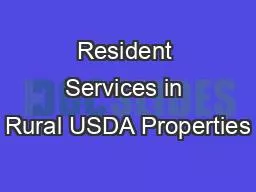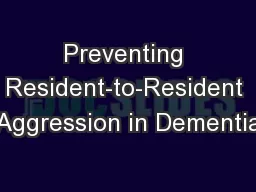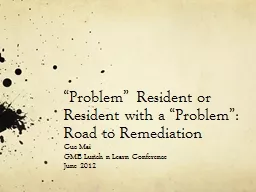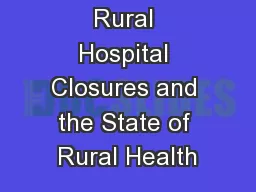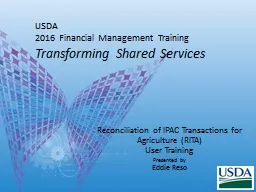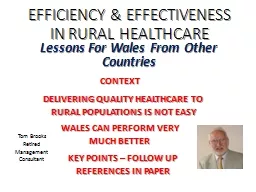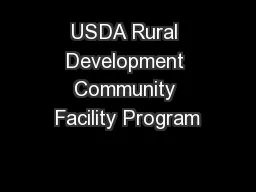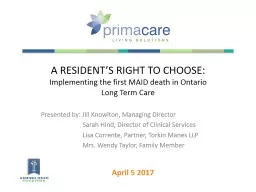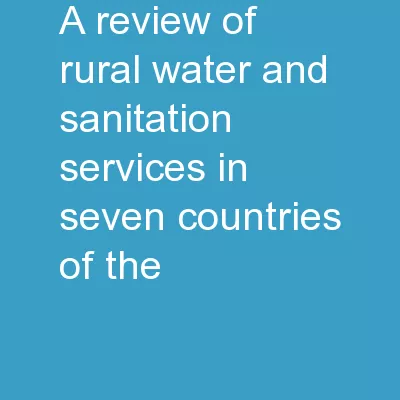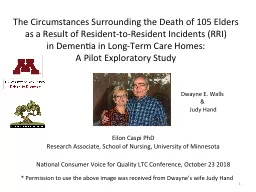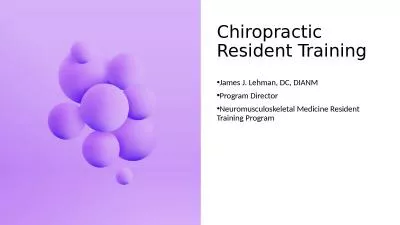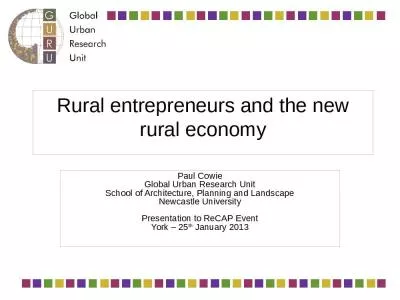PPT-Resident Services in Rural USDA Properties
Author : blindnessinfluenced | Published Date : 2020-08-27
True Casa Consulting LLC Kate Moore and Jennifer Hicks Models of Providing Services in Affordable Housing Every Affordable Housing Development that provideslinks
Presentation Embed Code
Download Presentation
Download Presentation The PPT/PDF document "Resident Services in Rural USDA Properti..." is the property of its rightful owner. Permission is granted to download and print the materials on this website for personal, non-commercial use only, and to display it on your personal computer provided you do not modify the materials and that you retain all copyright notices contained in the materials. By downloading content from our website, you accept the terms of this agreement.
Resident Services in Rural USDA Properties: Transcript
Download Rules Of Document
"Resident Services in Rural USDA Properties"The content belongs to its owner. You may download and print it for personal use, without modification, and keep all copyright notices. By downloading, you agree to these terms.
Related Documents

